Trick question. Snowboards are made of a variety of materials featuring sandwich construction crafted together to make a performance board that gives you speed, flotation and response over the snow. So, if you guessed wood, you are correct. If you guessed foam, P-tex or metal, you are also correct. Specific construction and materials vary from model to model and brand to brand, but there are some elements that are quite common.
There are eight common materials in a snowboard…
- Wood or Foam Core – The center of the snowboard is the core. The core is arguably the most important component of the board since the remainder of the board is constructed around it. Cores are composed of different materials on various snowboards, but the most common type of core is wood. Strips of woods such as poplar, obeche and birch are vertically and horizontally laminated and shaped to created varying flexes. Other core materials used in some snowboards are foam or aluminum honeycomb.
- Topsheet with Printed Graphic – The toplayer of a snowboard is called the Topsheet which ultimately protects the board and serves as a perfect canvas for bold graphics. Although the material used for the topsheet can vary, there are typically two types of topsheets – gloss and matte. Glossy topsheets usually come with sublimated graphics, while matte topsheets have screened-on graphics.
- Fiberglass – Glass is the standard composite fibre material used in snowboard construction. Fiberglass reinforced plastic provides stiffness and strength to the snowboard. It lies right on top of the core. It’s less expensive (compared to alternative materials), light and allows the snowboard to bend.
- Steel Inserts – Steel inserts on the top of the board enable the bindings to attach to the snowboard.
 There are varying hole patterns on snowboards by brand. Referred to as “mounting patterns,” there are 4 styles – 2 x 2, 4 x 4, 3D and The Channel.
There are varying hole patterns on snowboards by brand. Referred to as “mounting patterns,” there are 4 styles – 2 x 2, 4 x 4, 3D and The Channel. - Plastic base (P-tex) – Ultra-High-Molecular-Weight Polyethylene , or P-tex, is a type of extremely durable thermoplastic that is used on the snowboard base. Not only is it easily repairable should you ding your base on a rock, but it openly openly accepts wax in order to improve its gliding efficiency in a variety of snow conditions. P-tex is a dense, abrasion resistant plastic with low friction properties that gives the board the slippery surface necessary to ride on snow. Wax maintenance should be applied to enable the board to run fast throughout the winter.
- Metal Edges – Metal runs along the edges of a snowboard allows the board to dig into the snow while turning. They are held in place by P-tex. Well, there are actually two kinds of Edges – partial steel edges that run only along the sides of the board, ending at the nose and tail, and steel edges that wrap all the way around both ends of the board. Complete metal edges are found in higher quality snowboards.
- Resin System (glue) – Glass laminates are bonded with an epoxy resin to create the key structural layer of a snowboard.
- Rubber Foil – Also referred as VDS, rubber foil is traditionally marketed as a vibration dampener. While rubber foil does dampen some vibration, it’s real purpose is to act as a bonding agent. By nature, steel is hard to bond to fiberglass, so the rubber is applied around the perimeter of the board on top of the edge to create a better stronger bond.
If all boards were made exactly the same, it’d be a pretty saturated market. There’s many variations of snowboards including freeride which tend to favor cross country style snowboarding. Snowboard construction has certainly evolved over the years thanks to new technologies, research and development. Additionally, as rider skill level progresses, so do the boards. Below are some additional materials used in specific models to obtain a desired performance. After all, a park board can’t be constructed the same way as a racing board!
- Kevlar – Also found in bullet proof jackets, Kevlar is often found under bindings to protect fragile cores and help retain metal inserts. It’s particularly resistant to impact damage. More times than not, Kevlar is found in expensive freeride and all-mountain snowboards to reduce chatter at high speeds since it’s so effective at dampening vibrations.
- Carbon – Carbon properties enable it to stretch one quarter as much as glass fibre composites. Carbon fiber stinger are sometimes run from tip to tail along the center of a park board to increase pop without increasing the torsional stiffness. It can also cross link effective edges to improve edge-to-edge response. While Burton, one of the most popular snowboard brands out there, was the first company to use this technology, many other companies have followed suite. The Burton Custom is a legendary snowboard that’s been in the line for well over a decade. It’s most famous for being one of the best all- mountain boards in part thanks to carbon fiber technology.
Now we can put it all together and have some fun. Here is an inside view on how a snowboard is made at the Burton Manufacturing Center…




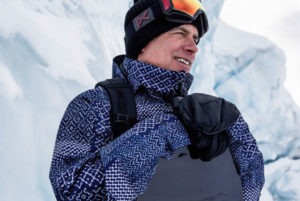

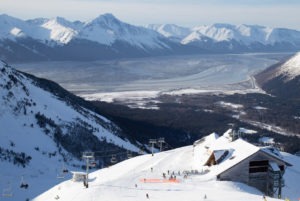
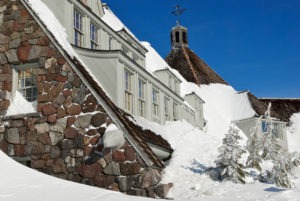
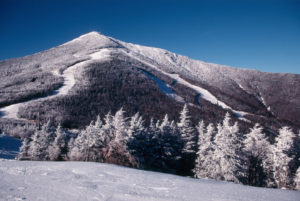
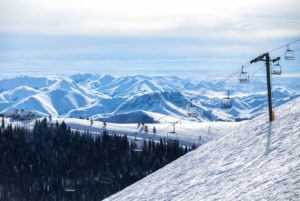
Noice Noice